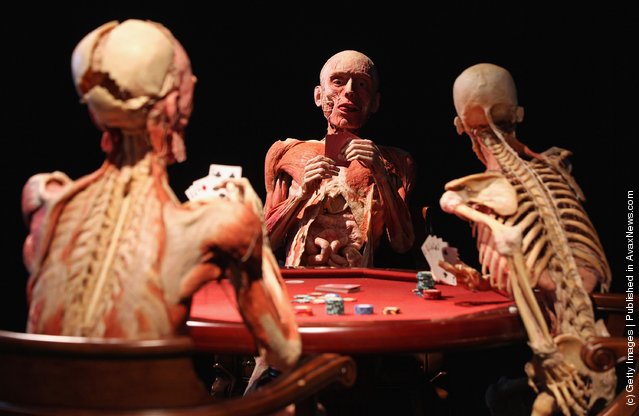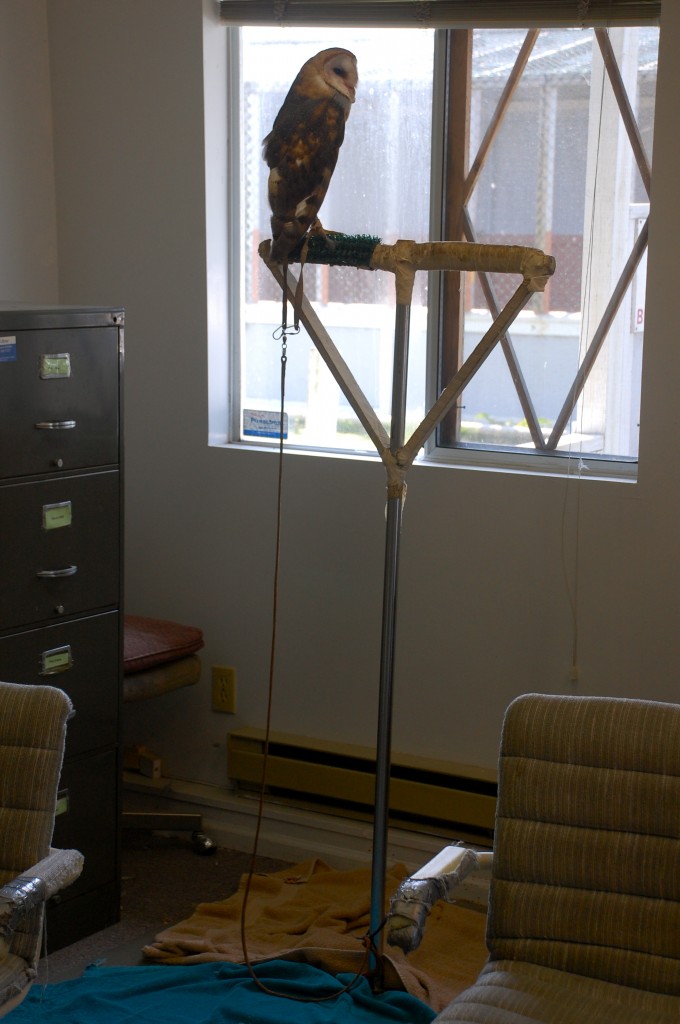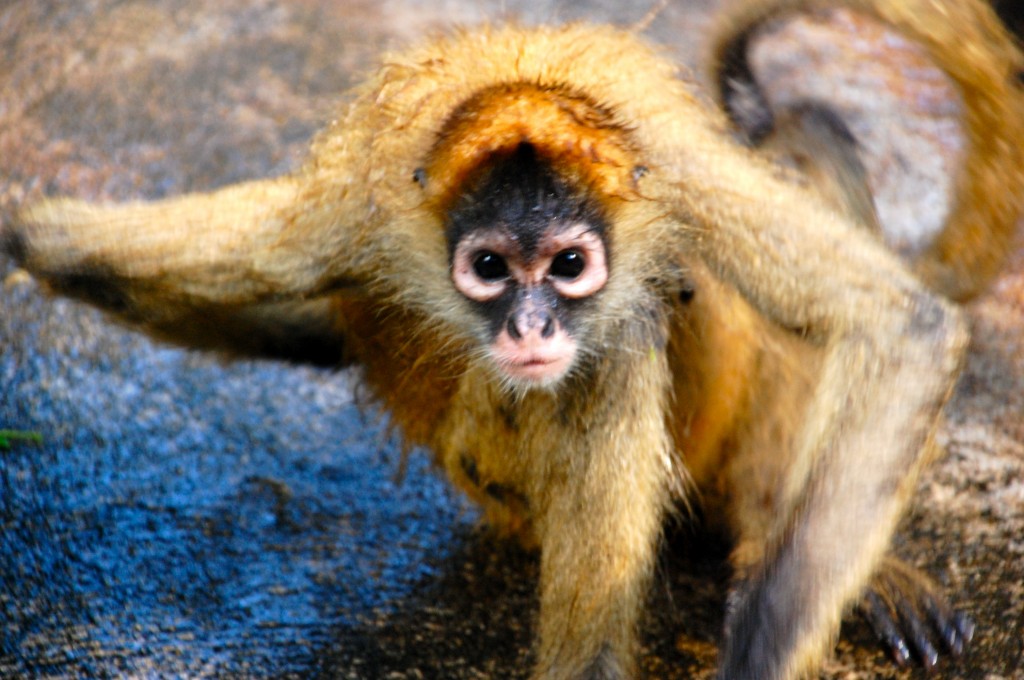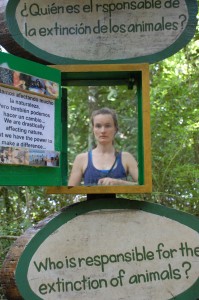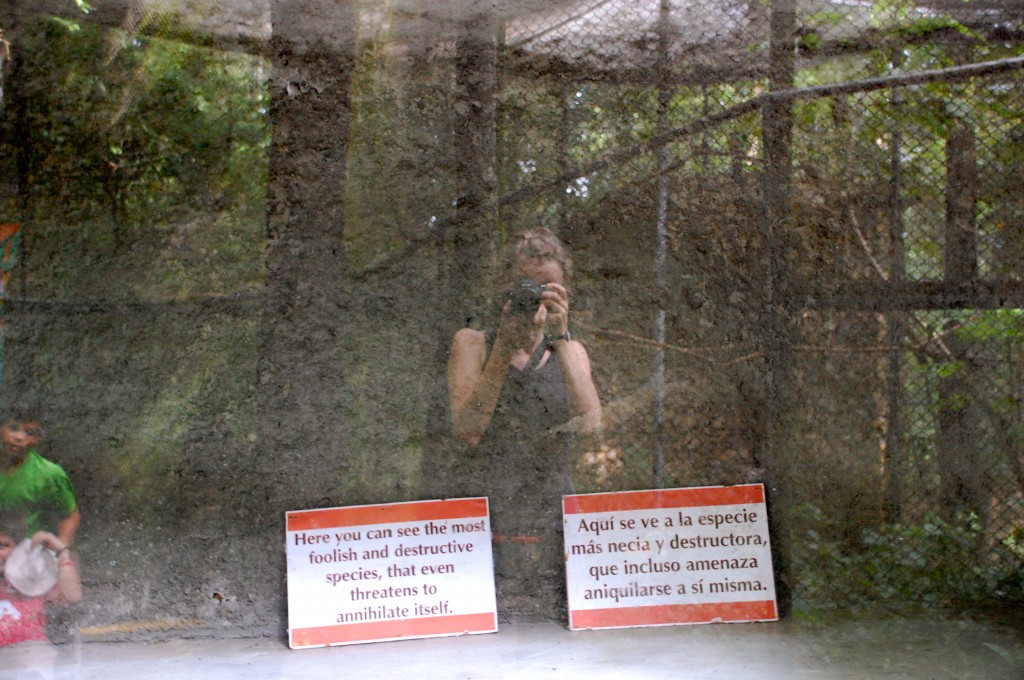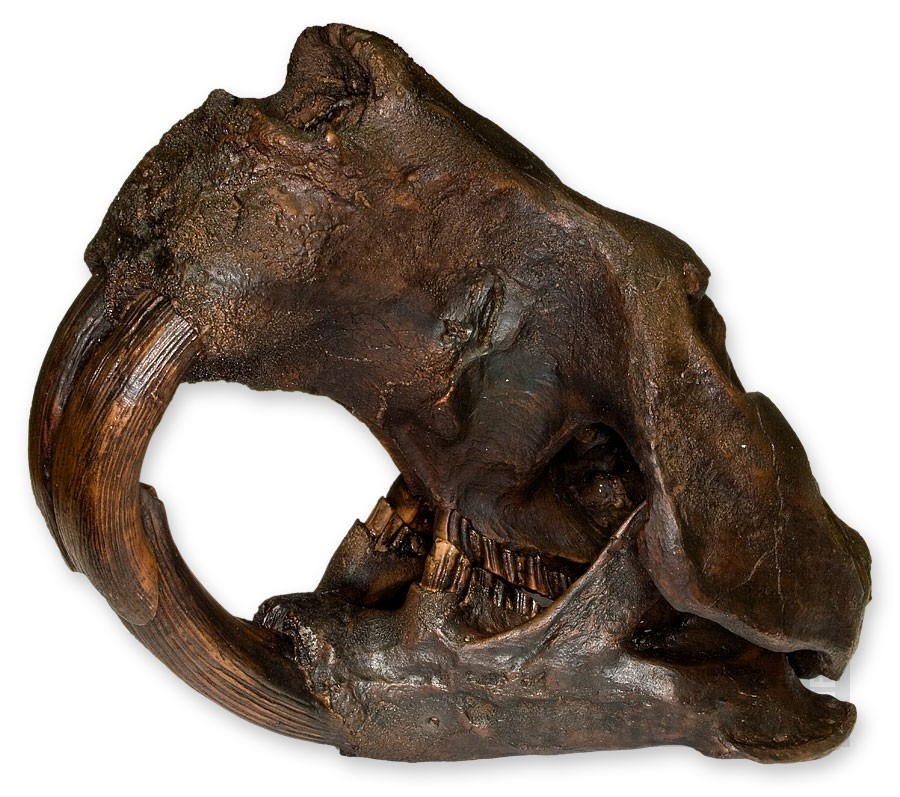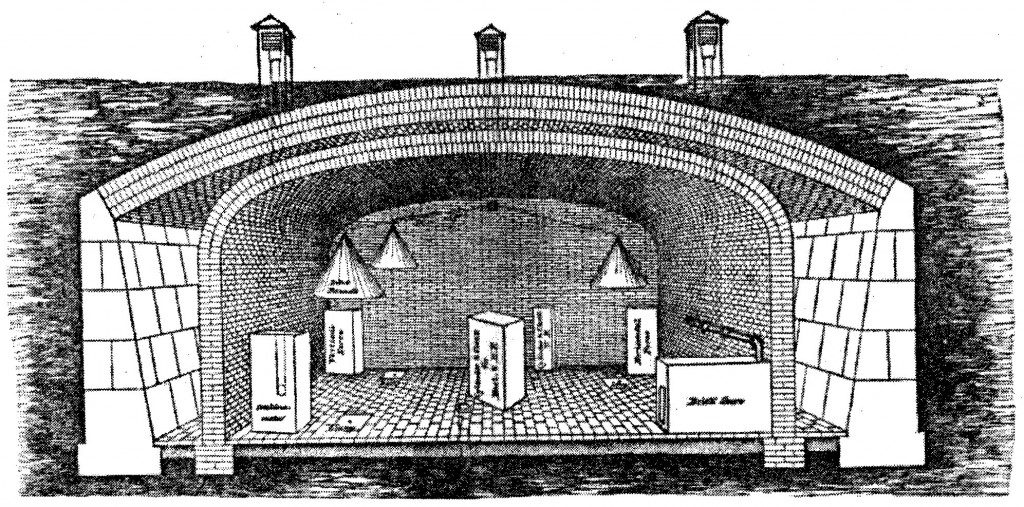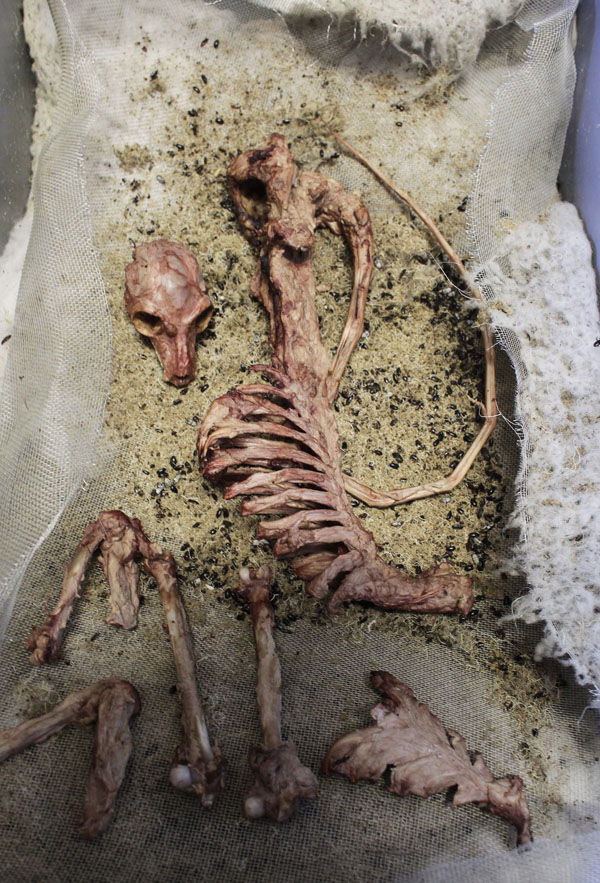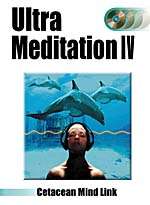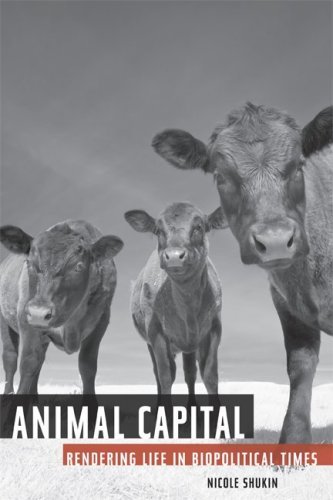Hi,
Here’s the outline of a talk Rosemary and I gave at the excellent ‘Decolonizing Cascadia’ conference held recently at UBC Geography (November 16-17, 2012). The words below mostly consists of our attempt to construct the theoretical edifice of the project — e.g. trying to figure out how the online and performance rodeo spaces link up (which we are convinved they do). So, work in progress, with comprehension probable, encouraged, and admired– but not guaranteed!
Rosemary:
None of you need to exercise your imaginations much to envision watching a YouTube clip. While the data loads the screen is filled with sponsored ads, suggested viewings, comments, search options, and so on. It starts — an amateur video filmed with a handheld device. A bull bursts out of a chute with a man on its back, hurling through the air, heaving and twisting until the man is thrown into the dirt. Its a video of a rodeo. You move onto another.
Max:
Maybe there is an announcer this time, and he knows the riders name, cheers him on, groans when he falls over. The next one is more interesting. It has a bronco bucking a rider in slow-motion, you get to see its leg muscles expand and contract. The clip ends and the space on the screen fills with half a dozen thumbnails of related clips. More bucking clips over here and over there. A broken leg special in that one. Your finger hovers over the track pad… where to go next?
Rosemary:
This project wasn’t supposed to be about YouTube. We started out primarily interested in rodeo space and animals’ material and discursive roles in these spaces. We wanted to understand their lives and their histories. But the challenges of the research — unreturned phone calls, unreplied emails and generalized site restrictions — kept bringing us back to the screen. From the beginning we struggled with YouTube as a generative dimension of a rodeo project – and the degree to which it would shape our research. But we decided to create a profile – “parasightful” — to track our YouTube Rodeo viewing, allowing us to make comments on videos. In addition to our early questions — where rodeo animals came from, what they experience, where they are going — we were prompted to consider the analytic of our YouTune lens. Could we use YouTube to construct a narrative and history of animal oppression? Did YouTube change the possibilities of our rodeo narrative? Did this combination of things even make sense?
Max:
These combinations were not as divergent or strange as we first thought. Numerous theorists have turned their critical communications, post-Marxist, and cultural studies lenses onto YouTube as a way of engaging with material worlds – Matteo Pasquinelli and Jody Berland. Meanwhile, scholars like Nicole Shukin and James Lorimer have rerouted animal-concerns back to questions of digital representation.
Watching rodeo on Youtube, we were struck by how a vast array of subject identities — cowboy, queer, Western, convict – were all pursuing a particular “human” subjectivity – free, dominant, masterful – by enacting a basic desubjectivization of the animal. No matter how different the human politics were, the debates on the comments pages, or even the adverts the site was offering us, the same patterns of violence and humiliation appeared across cases. The same projection of human subjectivity reflecting back from the body of the abused animal.
Patterns and mirrors were our first clue into the idea that these two spaces — rodeo and YouTube had more in common that might first seem. Armed with work from the fields of critical communications studies and posthuman animal studies, and with dozens of clips in our wake and dozens upon dozens a mouse click away, we are aiming to contribute a methodological approach for research at the burgeoning intersection of these fields. What we’re training this methodology on is the phenomenon of YouTube rodeo. Before we go on, though, let’s take a minute to consider our two principle spaces here: rodeo and YouTube.
Rosemary:
The common story told about rodeo is that “ever since humans domesticated animals there’ve been rodeos etc etc etc”. But in fact preliminary research on the history of rodeo makes obvious rodeo’s close ties with colonialism and slavery. In post-civil war Texas, feral cattle needed herders and so cattlemen hired former soldiers, ex-slaves, unemployed drifters, and Mexicans to gather up herds, brand them, and move them north. Cowboys. These cowboys would run informal sports contests for their own amusement. In the later 1800s these informal contests mixed potently with an American outdoor entertainment institution, the Wild West Show. Rodeos – from the Spanish rodear, meaning surrounding or mustering – quickly became a more profitable enterprise than popular “wild west shows”, because spectators paid to watch and competitors paid to compete.
While the institution of rodeo has skyrocketed in popularity, with thousands of rodeos now held worldwide, it has been relatively static over time and space, with most rodeos featuring the same events – calf roping, steer wrestling, and of course bucking events – in a similar arena space featuring grandstands, animal chutes, and dirt floored rings. It is an extremely male-dominated space, with most events prohibiting women’s participation. Audiences are an integral aspect of the rodeo spectacle and performance, and many viewers join in the spectacle vocally and with gestures. Of course, with the advent of YouTube, another layer of viewership is added to the spectacle.
Max:
YouTube is probably the hegemonic form of video viewership today. The site has produced new habits of viewership; new means for the dissemination of images, and new opportunities for the formation of community. By 2008, three years after its arrival on the scene, it would have over 140 million videos uploaded to its site. Lev Manovich could have been talking about YouTube when he remarked, in 2002, that “we no longer watch films or TV; we watch databases.” To Manovich and other media theorists, this difference is monumental. The logic of the database is of a collection of heterogenous elements, connected not by progress or development, but simply by co-existence and links. User selection is foregrounded more than ever before: “YouTube implies not only a continually selecting subject,” Jens Schroter writes “but also a subject which should freely express him or herself” in that process.
Rosemary:
But unsurprisingly, free selection is not so free. Since its purchase by Google in 2007, YouTube would be fundamentally re-shaped to facilitate its monetization: new ads as portals for consumer spending, recommended videos to extend your attention, shorter clips to keep things in circulation. Not that the site was ideologically innocent before: YouTube has always been supported by algorithms that prioritize certain functions over others. Lo-fi, free circulating videos are created for exchange, not reflection. Most content originates from corportate media. User content largely consists of mimetic play: re-framings, derivations, mashups. User manipulation is valorized at the expense of narrative consistency.
But what does all of this mean for the study of YouTube rodeo?
Max:
In 1996, at the dawn of the digital culture act, art critic Hal Foster pondered the implications of this new engagement for the human subject. Website images behave like subjects, he noted, asking for user reactions and actions. In the process, subjects are turned into images, commodified for sale. You are the image and the image is you. Foster recognized in this logic a powerful rheotic device, writing that the “digital archive traces a chiasmus of subject and image.”
We need like to linger over this word chiasmus for a second. A chiasmus is a rhetorical device with origins in Greek Classical writing. MacBeth’s statement “fair is foul and foul is fair” is an example of a chiastic statement. A chiasmus is a dynamically reflective system, whose two sides operate in symmetrical inversion of one another. Note the pattern and mirror qualities here.
…………………………Subject ….. Image
……………………………………… +
…………………………..Image….. Subject
……………………………..[chiasmus]
Foster’s concern with chiasmus is with a structure that determines, from behind the scenes, the form and content of human database engagements, engagements which increasingly define human worldly engagements. The fetishism Foster finds in the digital archive — in sites like YouTube — is not only that it obscures productive relations and material conditions, but that it internalizes those confusions increasingly within the subject itself. What Foster calls a “fetishistic anthropomorphism” describes the human subject increasingly locked into chiastic communion with images, images in chiastic communion with the human subject. The digital archive represents the intensification of an anthropocentric myth of divorce from nature — a society of immaterial labour, a society fixated on software and digital communication — on communities of code, and so on.
Rosemary:
But the loop for human subjectification is not so easily limited to digital/material space. As spaces like the rodeo attest in their own specular fashion, other lives also constitute the human subject. Like the digital space of Youtube, the rodeo is, we argue, a glaring example of Agamben’s “anthropological machine”: “an optical machine constructed of a series of mirrors in which man, looking at himself, sees his own image always already deformed in the features of an ape.” These “mirrors” are built from material-semiotic mechanisms of science and philosophy that strategically create a break between humans and animals – as Haraway says, we “polish an animal mirror to look at ourselves.” Importantly, this break is not “flat” but profoundly hierarchical.
Like the anthropological machine’s optical functioning, forever constructing the human out of the deformed mirrored image of an ape, the rodeo is obsessed with the calibration of the animal body, of momentarily “becoming animal” (as rodeo participants emphasize repeatedly), but through the deployment of physical discipline and control both in the moment and in the wider political-economy within which rodeo animals circulate. The “becoming animal” is simultaneously, then, a performance of “becoming human” by virtue of the animal’s subjugation. In other words, the human subject is produced via the expulsion or exclusion of the abject animal, the nonsubject.
Elizabeth Lawrence’s 1984 recognition that rodeo animals – as living creatures with distinct characteristics – influence the human-animal relationship at the rodeo, and are far from being mere static and passive representations, thus informs our analysis. But we develop her point in a novel direction. Considering rodeo’s emergence in a contemporary (digital, videographic) space – YouTube – we ask: Does YouTube change rodeo or rodeo YouTube? Critically we find that technologies of de/subjectification at work at the rodeo – mirrors and repetition – are also at work in YouTube and its subjectification of the viewer. We focus, then, on the rodeo animal and the YouTube viewer as non-subjects and subjects in formation.
Max:
The central contradiction we find in Rodeo YouTube — the reason why it suggests itself as a worthy site for staging our larger questions — is provoked by the images themselves. The mass proliferation of animal rodeo abuses documented on YouTube simultaneously contributes to their visibility as politically oppressed subjects and to their abstraction as digitally-recombinant images. A political space newly opened simultaneously threatens foreclosure. Just as YouTube pushes those images of animal violence “into so much circulating content,” so too do the animals seem to evaporate from our conceptual grasp.
To provoke this contradiction, we again have recourse to this idea of chiasmus.
In particular, attending to the chiastic structure of Rodeo and Youtube, YouTube and rodeo — which is to say, their co-constitution within a larger totality, allows us to take a limitation and make it an opening.
…………………….ABBA
…………………… [chiasmus in narrative form]
In The German Ideology, Karl Marx reveals how chiasmus can serve as a powerful form of dialectical writing. “If in all ideology men and their circumstances appear upside-down as in a camera obscura,” Marx writes, “this phenomenon arises just as much from their historical life-process as the inversion of objects on the retina does from their physical life-process.”
Here, chiasmic imagery becomes a privileged figure for the fusing of opposites characteristic of Marx’s thought. For us, chiastic inversion also becomes a dialectical tool. It allows us to expose the anthropological fetishisms of YouTube by showing how that chiastic loop is connected to other material realities. How the subjectifications of human-animal and subject-image are structurally related. Not only can a chiastic structure allow us to enfold YouTube and Rodeo into a conjoined narrative of subjectification, it also allows us to the think about the subjectifications exerted upon us as researchers. To explore how the content of critical thought depends upon its form. This is especially pertinent in our study of YouTube, where to think and write in narrative is a response to the assimilative logic of the database.
Rosemary:
To demonstrate this methodology in action, we’re going to show a clip of a bucking rodeo horses and then discuss its implications.
We’ve chosen to explore the buck because its one of the archetypal activities of the rodeo. Many rodeo horses buck because they have been bred up through several generations of horse lines to behave that way. Of the 60 Professional Rodeo Cowboys Association stock contractors in the US, 40 operate some type of livestock breeding program. To encourage the animal to buck as hard and effectively as possible, handlers sometimes use a specially designed device known as the flank strap. The horse will buck until the strap is released. Riders in both the saddle bronc and bareback riding can use spurs while riding as well.
Max:
As the YouTube clip reveals, the buck showcases the skill of the rider. The buck allows the rider to dominate the animal. Tact, grace and poise work against brute and irrational gesticulation. In truly successful bucking performances, the animal’s ability to shed the human body is temporarily suspended, the human body mimics the animals and masters it simultaneously.
Rosemary:
As viewers of this clip wherein animals’ abjection is produced, we too are being produced as subject. Watching this image cascade, a standardization emerges. Each only as grotesque as the last, reduces in effect. The repetition dulls the differences. This disciplining process evident over and over again in this clip exerts tangible effects on the animal itself: pain, brokenness, death.
In a similar vein as the repetitiveness of the clip, the same animals are required to perform the same events over and over again, until death or injury that usually leads to euthanization. Animal humane societies are generally unable to track the injuries and deaths of “practice animals”, but injuries and deaths at live events are frequent. At the Calgary Stampede alone in 2010, six horses died from injury and euthanization, heart attack, and unknown causes. It is our contention that rodeo is a site of animals’ ongoing production as abject, as nonsubjects, as killable.
Conclusion [sketchy here]
Max:
As we have tried to show in this outline of our project, thinking beyond the anthropogenic fetishisms of database means questioning the anthropos itself. This suggests a powerful reason for bringing these seemingly distant spaces of Rodeo and YouTube together.
Emphasizing chiastic thought, meanwhile, suggests that the rodeo space is not the same thing after its mediation by YouTube. Its suggests that mirroring is not innocent, but that repetition always occurs with a difference, one felt not only on the human subject internalizing the fetish of the screen, but on the life of the animal borne to repeated acts of violences as well.

